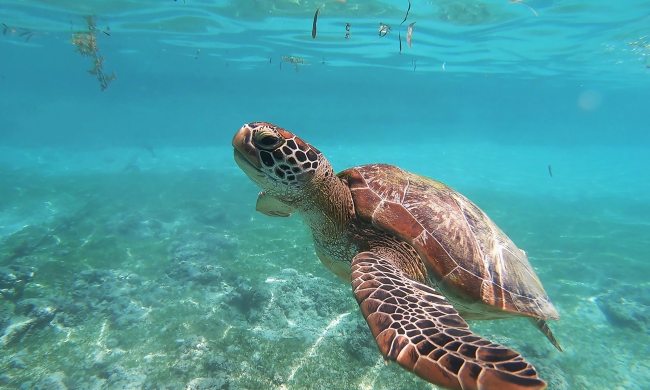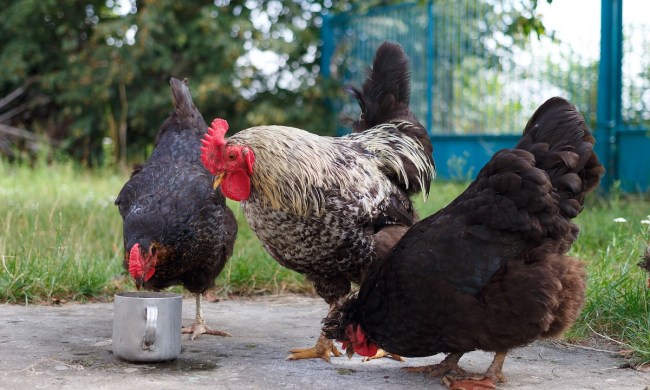Even though baby birds look like little dinosaurs, they aren’t quite as tough. Since they’re not actually velociraptors, you can’t throw just anything down their gullets. Chicks have very specific food needs that will change as they age and also vary from species to species. While it can be tricky to manage your brand-new birdie’s diet, we’re here to tell you what to feed a baby bird. When choosing your avian’s menu, avoid these five foods that may harm the little critter.
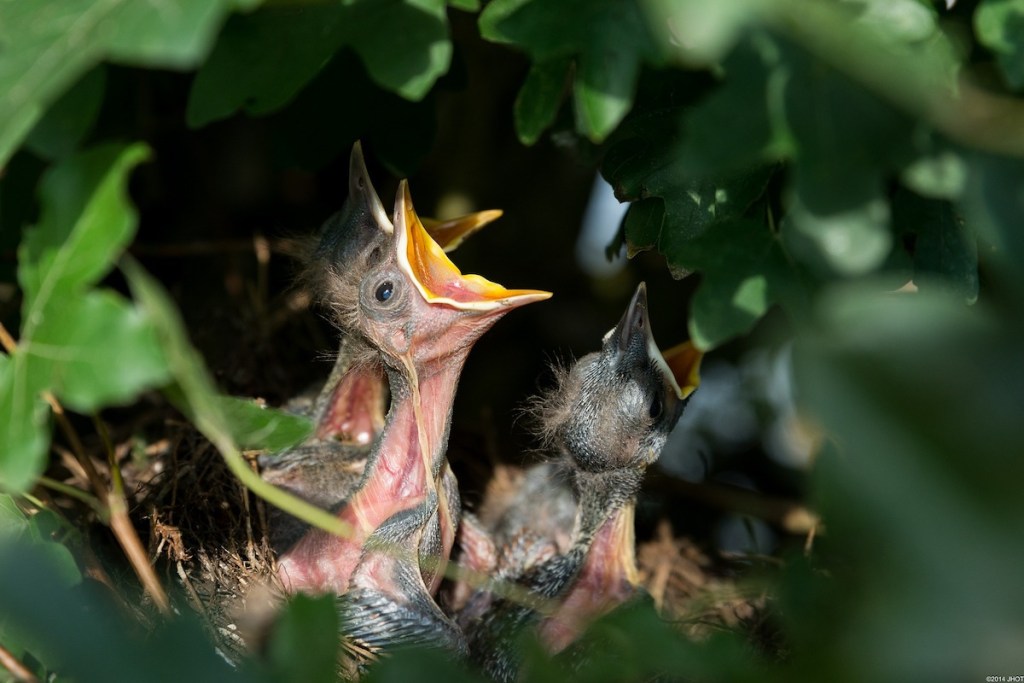
What can you feed a baby bird?
In the wild, newborn birds eat basically what their mamas and papas do, only all chewed up. You probably shouldn’t go through the regurgitation process, but you’ll replicate this type of feeding in your home without the ick factor. The tiniest of birds eat formula when they live away from their parents. In addition to being their favorite food (well, actually their only food), this will help you bond with your pet.
Hand-raised birds grow up much tamer than their companions who were held less as infants. Eventually, they’ll graduate to solid food such as egg, fruit, or even cat and dog food. (Yup, you read that right.) That means the pets in your household might all eat the same thing, though for a bird, you’ll need to moisten the kibble and break it into smaller pieces.
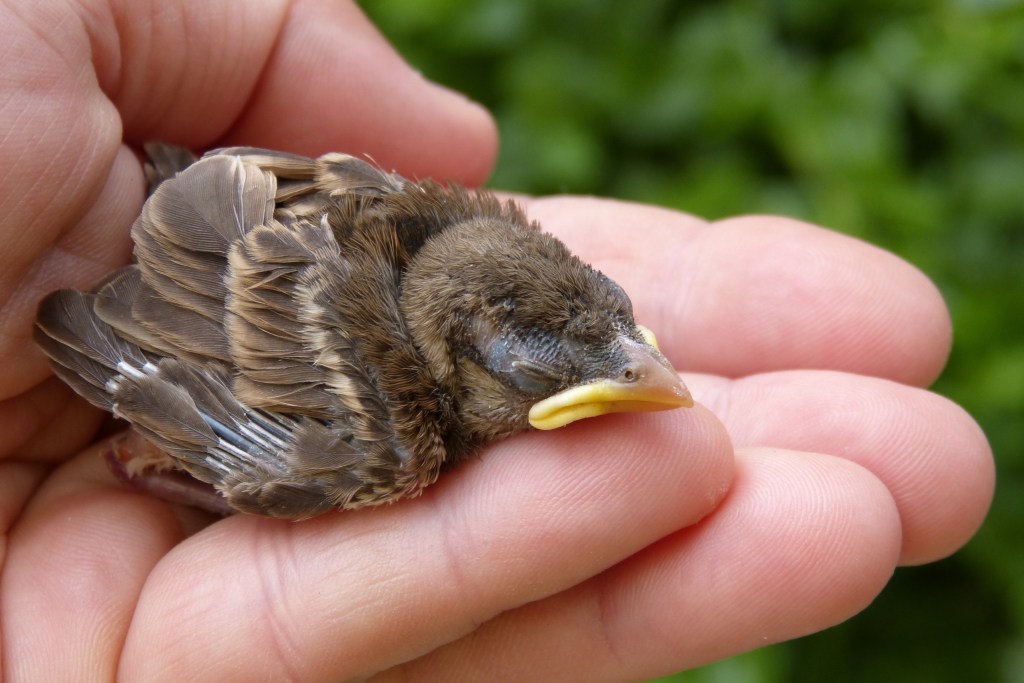
What not to feed a baby bird
You should avoid feeding baby birds these five things:
Water
Of course, your first instinct is to give your bird water, especially if he’s been in transit or struggling on his own. But don’t do it! You may actually harm a young bird as little chicks aspirate water. These animals have wide mouths, quite different from ours, that can accidentally suck in liquid. In fact, mind that the formula you feed him thickens to an oatmeal-like consistency, as thin food will have the same effect. Aspirating a small amount will lead to issues like pneumonia, and a large amount can actually cause your baby to suffocate.
Bread
Our go-to for throwing at ducklings actually doesn’t benefit them. A tiny bit of bread in an older bird won’t really hurt, but a baby doesn’t yet have the digestive system to break this down. Plus, bread doesn’t have much in the way of nutrients. Just like us, these warblers fill up on bread quickly without taking in any of the vitamins and minerals they need to survive. If you fed a bird only bread, even though he felt full, eventually he would starve. That’s because birds need proteins and fats just like we do, and bread provides scant amounts of those things (empty calories, we might call it).
Salt
We expect you weren’t reaching for the shaker to give your bird food a little seasoning, but you still need to pay close attention to his salt intake. Remember, this mineral exists basically everywhere, even in things you wouldn’t think of and on foods you probably do plan to give to your bird. If you get caught unawares and find yourself caring for a fledgling, stay away from those delicious sunflower seeds in your pantry or any salty snacks like chips or croutons. Our feathered friends, especially when they haven’t fully grown, are prone to dehydration, and these snacks can upend that balance.
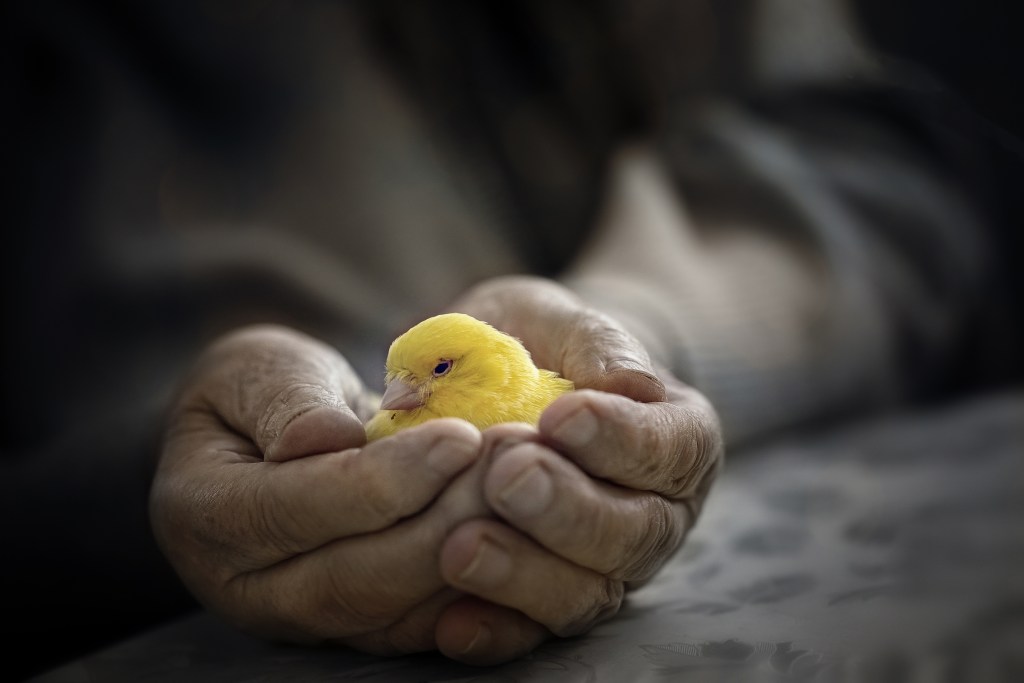
People food
Don’t raid your kitchen for scraps to feed to your foundling. The foods you love will make your little birdie sick, and even ones that don’t (like bread) won’t help with actual dietary needs. A few foods even prove toxic to our winged companions, such as chocolate. Just like with dogs, you can’t give this desserty snack as a treat because it contains theobromine. Keep all these harmful edibles out of the bird zone (and keep in mind a high shelf won’t do it if he’s allowed out to fly).
Milk
Birds aren’t mammals. They were never designed to drink milk, and baby birds don’t get it naturally from their parents. Mom and Dad do feed their offspring something called crop milk. While it contains a lot of fat and protein, it’s not all that similar to the milk we get from a cow or a puppy gets from his mama. Also, only very young birds drink crop milk, so it may not be suitable even if you could find it.
Adopting or finding a baby bird means taking on the huge task of parenting. Young nestlings eat three to four times per hour for about half the day. That means you will need to be at the syringe 36 to 48 times in a 24-hour period. If you bring home a little pet, make sure he can safely leave his parents before agreeing to take him. In the wild, you should never remove a bird from a nest, even if you don’t see anyone caring for him. His mom has to feed him all day, too, and she’s probably out getting his next meal. Don’t believe the myth that birds shouldn’t be replaced into their homes — it’s fine to pop him back in if he’s fallen out. Take a little guy home only if you are certain that there are no other options, and call your local animal rescue for more info.

